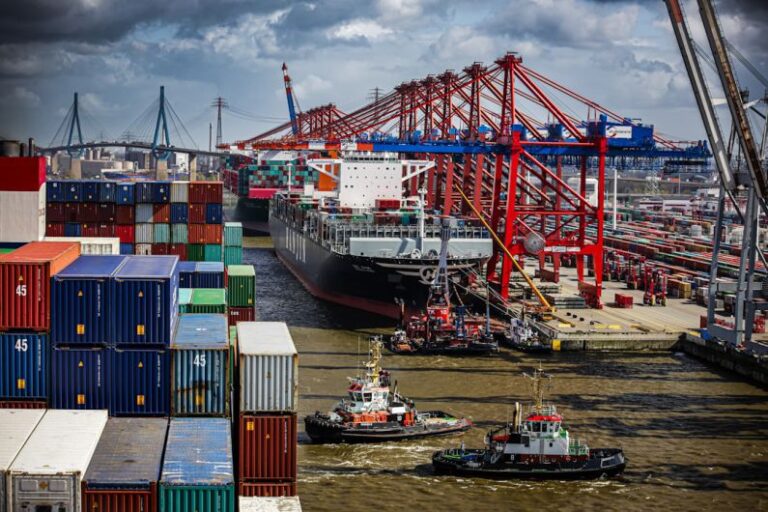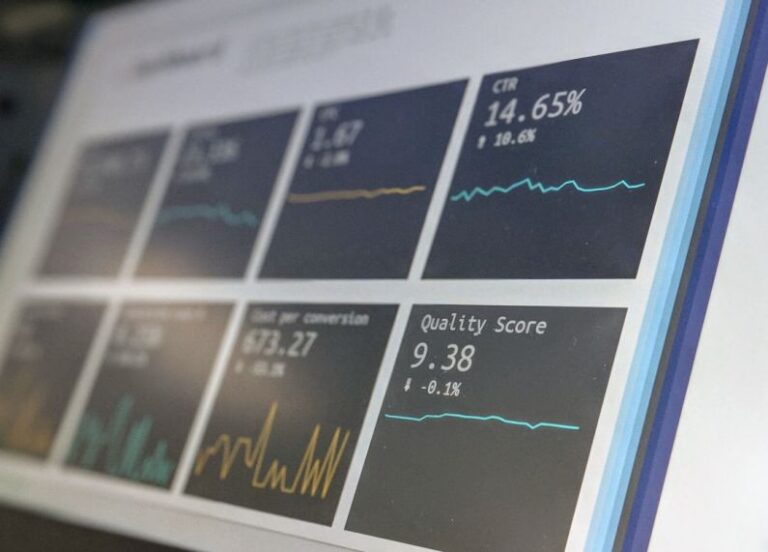Improving Transportation Efficiency through Route Optimization
In today’s fast-paced world, transportation plays a crucial role in the efficient movement of goods and people. With the rise of e-commerce and global supply chains, the demand for optimized transportation routes has never been more significant. Route optimization is a process that utilizes technology and data analysis to find the most efficient routes for vehicles to take, minimizing time, fuel consumption, and costs. By leveraging route optimization tools, businesses can streamline their operations, reduce their environmental impact, and improve overall customer satisfaction.
Challenges in Transportation Efficiency
The transportation industry faces various challenges that hinder efficiency. One of the primary issues is traffic congestion, which not only leads to delays but also increases fuel consumption and emissions. Inefficient routing can result in longer delivery times, higher costs, and frustrated customers. Additionally, unpredictable weather conditions, road closures, and other unexpected events can further disrupt transportation operations. To address these challenges, companies need to adopt route optimization strategies that enable them to adapt quickly to changing conditions and maximize their resources.
Benefits of Route Optimization
Route optimization offers numerous benefits to businesses looking to improve their transportation efficiency. By finding the most efficient routes, companies can reduce fuel consumption and emissions, leading to cost savings and a smaller environmental footprint. Optimized routes also help minimize wear and tear on vehicles, leading to lower maintenance costs and improved fleet longevity. Furthermore, efficient routes enable companies to increase their delivery speed and accuracy, enhancing customer satisfaction and loyalty. Overall, route optimization is a valuable tool for companies seeking to enhance their operational performance and competitiveness.
Implementation of Route Optimization Tools
To achieve transportation efficiency through route optimization, businesses need to adopt advanced tools and technologies. Route optimization software utilizes algorithms and real-time data to calculate the most efficient routes based on various factors such as traffic conditions, delivery schedules, and vehicle capacities. These tools enable companies to plan routes more effectively, adjust them in real-time, and track vehicle progress throughout the journey. By integrating route optimization software into their operations, businesses can streamline their transportation processes, reduce costs, and improve overall efficiency.
Strategies for Successful Route Optimization
Successful route optimization requires a strategic approach that considers various factors to achieve the desired outcomes. Companies should start by analyzing their current transportation operations to identify areas for improvement and set clear objectives for route optimization. By understanding their unique needs and challenges, businesses can tailor their route optimization strategies to maximize efficiency and effectiveness. It is essential to collaborate with key stakeholders, such as drivers, dispatchers, and customers, to ensure that the chosen routes meet everyone’s needs and expectations. Regular monitoring and evaluation of route performance are also critical to identifying any potential issues and making necessary adjustments to optimize the transportation process continually.
Future Trends in Route Optimization
As technology continues to advance, the future of route optimization looks promising with the emergence of innovative solutions. Artificial intelligence (AI) and machine learning algorithms are increasingly being used to enhance route optimization capabilities, enabling companies to predict traffic patterns, optimize delivery schedules, and make data-driven decisions in real-time. The integration of Internet of Things (IoT) devices and telematics systems also allows businesses to track vehicles, monitor driver behavior, and collect valuable data for further analysis and optimization. With these advancements, companies can expect to achieve higher levels of transportation efficiency, cost savings, and customer satisfaction in the years to come.
Enhancing Transportation Efficiency Through Route Optimization
In conclusion, improving transportation efficiency through route optimization is essential for businesses to stay competitive in today’s dynamic market. By leveraging advanced tools and technologies, companies can streamline their operations, reduce costs, and enhance customer satisfaction. Successful route optimization requires a strategic approach, collaboration with key stakeholders, and continuous monitoring and evaluation. As technology continues to evolve, the future of route optimization holds exciting possibilities for further enhancing transportation efficiency and sustainability. By embracing route optimization strategies, businesses can navigate the challenges of the transportation industry with greater ease and achieve long-term success.






